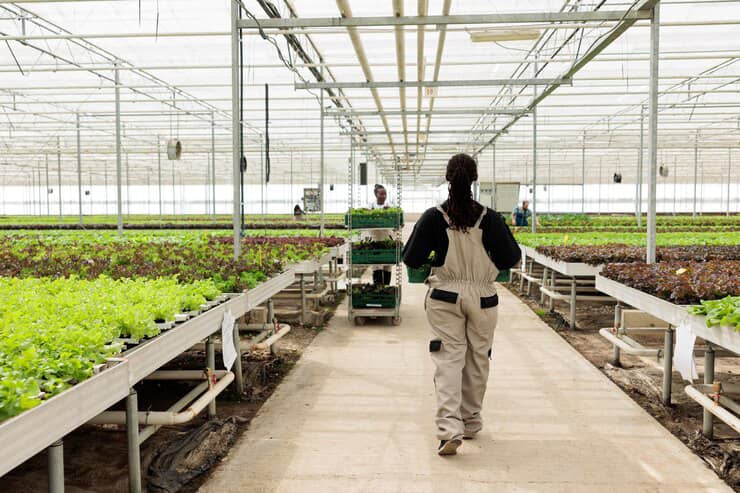Nigeria’s Economy – In 2022, Nigeria recorded a GDP of 477.4 billion US dollars, to become the largest in Africa –a few years later, with a steady decline in GDP among other factors, the country’s economy is set to slip to fourth place according to forecasts from the International Monetary Fund. The IMF’s World Economic Outlook estimates Nigeria’s gross domestic product at $253 billion based on current prices this year, lagging energy-rich Alegria at $267 billion, Egypt at $348 billion and South Africa at $373 billion.
This shift is however not unexpected, as the country is facing severe bouts of currency devaluation, and inflation (Nigeria’s annual inflation rate soared to 33.2%, the highest since March 1996, from 31.7% in the previous month). The higher inflation is mainly driven by the sharp fall in local currency and fuel subsidies’ removal.
Nigeria’s Economy in 2024
Implications of Nigeria’s Economic Downward Trend
The implications of Nigeria’s economy slipping from first to fourth place are multifaceted and far-reaching. One of the most immediate consequences is a potential loss of global economic influence. As Nigeria drops in the rankings, it may find itself with less clout in international trade negotiations, investment opportunities, and geopolitical discussions.

Moreover, a lower economic ranking could further worsen existing challenges within the country, such as unemployment, poverty, and infrastructure deficits. Just at the beginning of the month, citizens woke up to sudden fuel scarcity and queues across filling stations all over the country – in some areas, petrol is sold for over N900 from the previous N600. Issues like this have since crippled economic and business activities in the country, where if there is a reduced economic output, there may be fewer resources available for critical social programs and infrastructure development projects, further hindering Nigeria’s progress toward sustainable development goals.
Surprises Amidst the Decline
While Nigeria’s economic decline may not come as a shock to some observers, there are undoubtedly surprising elements to consider. One notable aspect is the rapid rise of other African economies, particularly those in East Africa. Countries like Kenya, Ethiopia, and Rwanda have experienced robust economic growth driven by innovation, investment in human capital, and strategic partnerships (an average of more than 7.5 percent per year over the past two decades). Their ascent to the top of Africa’s economic hierarchy represents a significant shift in the continent’s economic landscape.

Furthermore, the global economic landscape is evolving rapidly, with emerging markets and technology playing increasingly influential roles. Nigeria’s decline underscores the need for agility, diversification, and innovation in economic policy and strategy. Embracing new opportunities in sectors such as renewable energy, digital technology, and sustainable agriculture could position Nigeria for future growth and resilience.
Citizen Perspectives and Challenges Ahead
For ordinary Nigerians, the news of the country’s slipping economic rank may birth concern, frustration, and hope. Many citizens have long battled with the consequences of economic instability, including high inflation, currency depreciation, and limited job prospects. “Poverty levels are projected to increase to 38.8% in 2024. Despite the low unemployment rate in the country, low consumer spending and purchasing power remain an issue. Especially in the absence of a commensurate increase in the minimum wage to mitigate the inflationary growth in the economy,” according to PwC. The prospect of falling further behind other African nations raises questions about the ability of the current administration to deliver on its promises of prosperity and development.

At the same time, there is resilience and determination among Nigerian citizens to overcome economic challenges and build a brighter future. Grassroots initiatives, entrepreneurial spirit, and community-led projects are driving positive change at the local level, demonstrating the potential for bottom-up development. As usual, this piece should end with a “moving forward” segment where the government is urged to take certain actions to ease this hardship, but in the real sense, segments of this nature have proved abortive over the years. What is certain is that the country needs a massive turnaround to unlock its full potential and improve the well-being of its people.
